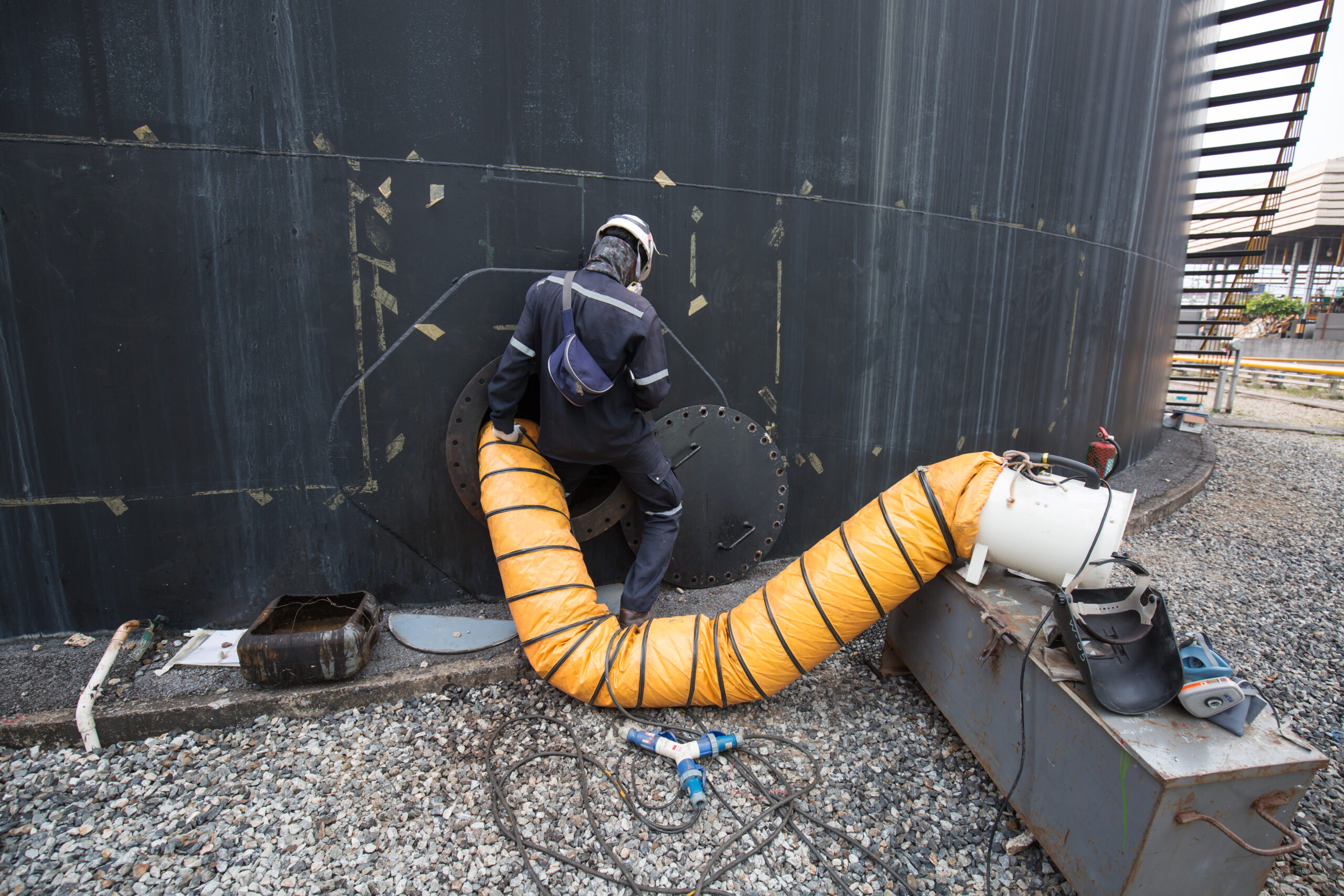Blown-in insulation in Brooklyn, Queens, and Long Island, also known as loose-fill insulation, offers several benefits for improving energy efficiency and building comfort. Here are some of the key advantages: particularly beneficial in areas like Brooklyn, Queens, and Long Island for several reasons:
Older Homes and Structures
Many buildings in Brooklyn, Queens, and Long Island are older, and they may need more insulation or may have settled insulation over time. Blown-in insulation is an excellent solution for retrofitting older structures, as it can be easily applied to fill gaps and voids in existing walls and attics.
Versatility in Application:
Blown-in insulation can be applied in various locations, including attics, walls, and hard-to-reach spaces. This flexibility makes it well-suited for these areas’ diverse architectural styles and structures.
Airtight Sealing:
Blown-in insulation creates a seamless and airtight barrier, helping to prevent drafts and air leakage. This is crucial in urban areas like Brooklyn and Queens, where buildings are often close together, and outdoor air infiltration can impact indoor comfort and energy efficiency—temperature Regulation: Brooklyn, Queens, and Long Island experience varying temperatures throughout the year. Blown-in insulation helps regulate indoor temperatures by reducing heat transfer, keeping homes cooler in the summer and warmer in the winter. Noise Reduction Urban areas with traffic, street activities, and neighbors can be noisy. Blown-in insulation, with its ability to dampen sound, can create a quieter and more relaxing indoor environment. Energy Efficiency: Due to the variable climate, energy costs in these areas can be high. Blown-in insulation improves energy efficiency by reducing the need for constant heating or cooling. Lower utility bills and a more viable living environment can be a beneficial factor.
Quick and Non-Invasive Installation:
Blown-in insulation is relatively quick to install, making it less disruptive to residents. This is important in densely populated areas where minimizing inconvenience during retrofitting or construction is essential.
Resistance:
Some blown-in insulation materials, such as fiberglass, are naturally fire-resistant, contributing to the overall safety of homes in these urban areas. When deciding on the best insulation solution, it’s essential to consider factors like the specific insulation material, building construction, and local climate conditions. Consulting with a professional insulation contractor who understands the area’s unique needs can help homeowners make informed decisions about improving the insulation in their homes
Energy Efficiency:
One of the primary benefits of blown-in insulation is its ability to provide effective thermal resistance (R-value) to a building. Reducing heat transfer helps maintain a more stable interior temperature, eliminating the need for excessive heating or cooling.
Cost-Effective:
Blown-in insulation can be more cost-effective than traditional insulation methods. It is often quicker and easier to install, reducing labor costs. Additionally, its ability to conform to irregular spaces and fill gaps can result in less wasted material.
Ease of Installation:
Blown-in insulation is relatively easy to install, especially in existing structures. It is suitable to be blown into attics, walls, and other cavities using specialized equipment. This allows for efficient and uniform coverage, reaching areas that might be challenging with other insulation methods.
Seamless Coverage:
The loose-fill nature of blown-in insulation allows it to fill voids and gaps more effectively than some other insulation types. This seamless coverage helps create a more airtight and well-insulated building envelope, reducing the potential for drafts and heat loss.
Fire Resistance:
Many blown-in insulation materials, such as fiberglass and cellulose, are inherently fire-resistant. This can contribute to the overall fire safety of a building.
Sound Dampening:
Blown-in insulation can also provide adequate sound insulation. It helps absorb and dampen sound, reducing noise transmission between different building areas.
Environmentally Friendly:
Some blown-in insulation materials, such as cellulose, are recycled or renewable. This makes them more environmentally friendly compared to some other insulation options.
Longevity: Blown-
Insulation materials are generally durable and have a long lifespan. They are not prone to settling or sagging over time, helping to maintain their effectiveness.
It’s important to note that the specific benefits can vary depending on the type of blown-in insulation material used (e.g., fiberglass, cellulose) and the application method. Conferring with a professional insulation contractor can help determine the most suitable insulation solution for a building.

